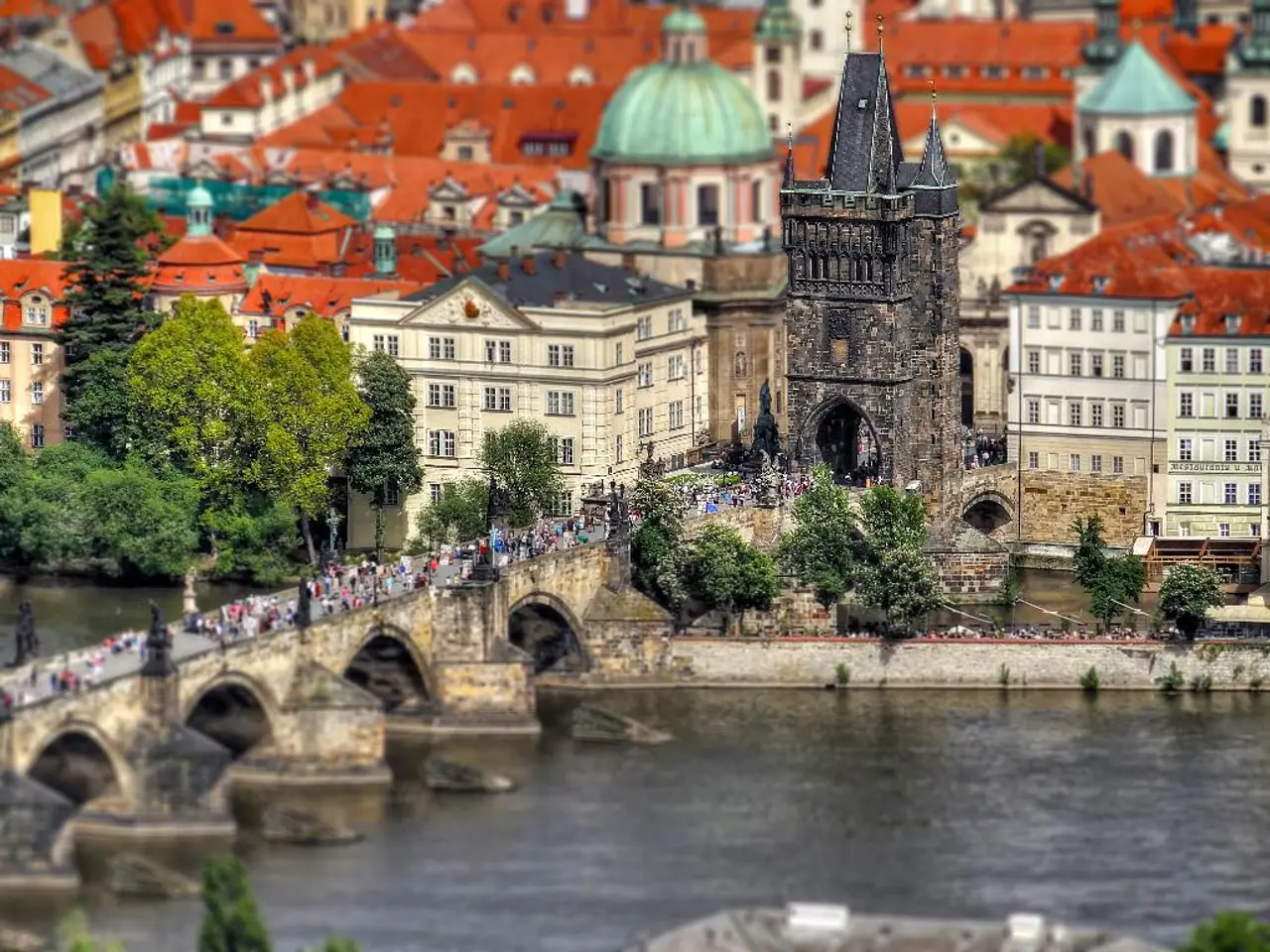Rapid growth in tourism observed in Mekong Delta following provincial merges
The Mekong Delta, a vibrant region in southern Vietnam, is rapidly transforming into a leading tourism destination. In the first half of 2025, the region welcomed over 35 million visitors, marking a significant 17.6% increase compared to the previous year and generating tourism revenues of approximately US$2.1 billion[1].
This growth is attributed to the effective implementation of Government Resolution 82, which aims to accelerate tourism recovery while ensuring environmental and cultural sustainability[1]. The resolution fosters cooperation between local tourism sectors and authorities, balancing growth with preservation, enhancing infrastructure, and promoting responsible tourism practices.
New tourism destinations have been actively developed and recognized. Local tourism authorities have identified and officially recognized 29 new outstanding sites, increasing the total to 63 across the region[1]. These expansions introduce more diverse experiences for travelers, with innovative interprovincial tours such as the "Four-Season Orchard Tour" linking Tiền Giang, Vĩnh Long, and Cần Thơ, and the "Waterway and Handicraft Villages Journey" connecting Sa Đéc, Long Xuyên, and Cái Răng. These tours capitalize on the region’s natural landscapes, orchards, waterways, and cultural craft villages[1].
Ecotourism routes, like the Cồn Én Ecotourism Site in An Giang, have gained popularity. One of the standout destinations is Ngã Bảy Ward in Cần Thơ City, offering a unique and memorable tourist experience, including boat trips, visits to farms, historical sites, and local food tastings.
Cañ Tho City is planning to develop more tour routes connected to Ngã Bảy to allow visitors to fully explore the culture and hospitality of the Mekong Delta. The city's Department of Culture, Sports and Tourism is also rolling out incentive packages for travellers and supporting travel businesses in developing new destination links[1].
The Việt Nam Tourism Association is urging the Mekong Delta Tourism Association to improve planning in line with the new administrative status and focus on building distinctive tour routes that showcase the region's cultural identity. The association is also calling for accelerated digital transformation, prioritising green and community-based tourism, and identifying core tourism products[1].
The Mekong Delta Tourism Association aims to achieve a 12% growth target for 2025 through expanded marketing, infrastructure investment, service upgrades, and digital transformation. High-potential sites like Lung Ngọc Hoàng and Nông trường Mùa Xuân are being prioritised for investment[1].
As the Mekong Delta region continues to evolve, it is poised to enhance its position on both national and international tourism maps, offering an unparalleled blend of culture, history, and natural beauty.
[1] Source: Việt Nam News, 2025.
- The growth in tourism revenues in the Mekong Delta, despite being a region of war-torn history, has been fueled by the government's Resolution 82, which promotes sustainable tourism practices.
- As the Mekong Delta becomes a leading tourism destination, new sites like the Cồn Én Ecotourism Site and Lung Ngọc Hoàng are being developed, catering to diverse traveler interests in sports, lifestyle, home-and-garden, and more.
- In an effort to improve tourism offerings, local tourism authorities are rolling out incentive packages for businesses and innovative interprovincial tours such as the "Four-Season Orchard Tour" and the "Waterway and Handicraft Villages Journey."
- To maintain its competitive edge, the Việt Nam Tourism Association is calling for the Mekong Delta Tourism Association to accelerate digital transformation, invest in infrastructure, and prioritize green and community-based tourism.
- Aiming for 12% growth in 2025, the Mekong Delta aims to showcase its unique cultural identity through distinct tour routes, partnering with travel businesses to develop new destination links and attract visitors interested in markets, business, labor, AI, and other sectors.
- With ongoing investment in service upgrades, marketing, and digital transformation, the Mekong Delta is set to stand out as a global tourism destination, offering a blend of sports, culture, history, and natural beauty that's beyond compare.




